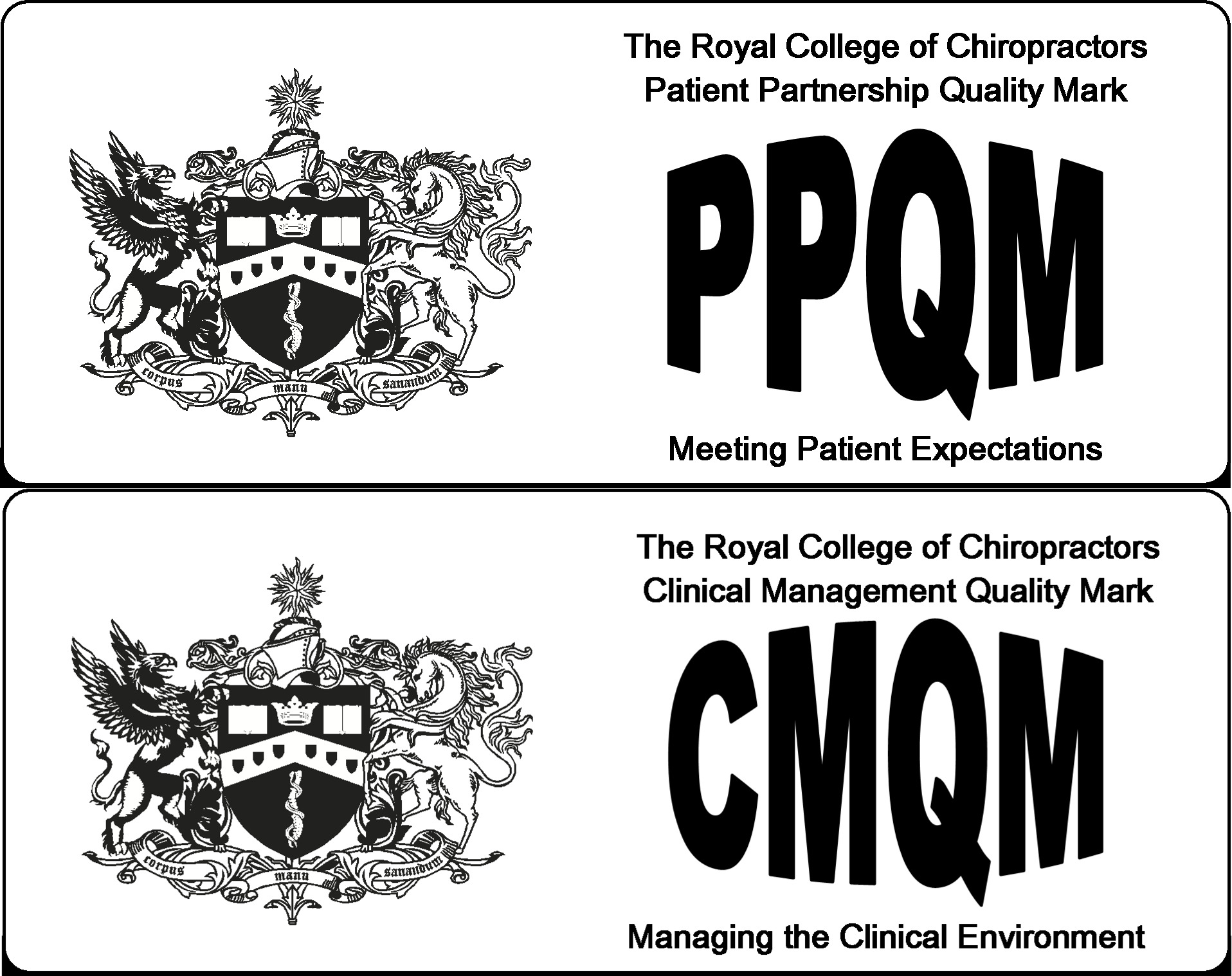Chiropractors are trained in the diagnosis and treatment of conditions which are due to mechanical dysfunction of the joints and their effects on the nervous system.
Chiropractors use their hands to adjust the joints of the spine and extremities where signs of restriction in movement are found; this improves mobility and relieves pain. The body’s own healing processes (which we normally recognise in its ability to heal bruises, cuts and broken bones) will then be able to get on with the task of improving health. This treatment is known as ‘adjustment’ or ‘manipulation’.
Poor, inadequate or incorrect function in the spine can cause irritation of the nerves that control posture and movement. This spinal nerve stress (which may be caused by factors such as accident, poor diet, lack of exercise, poor posture and anxiety) can lead to the symptoms of discomfort and pain.



